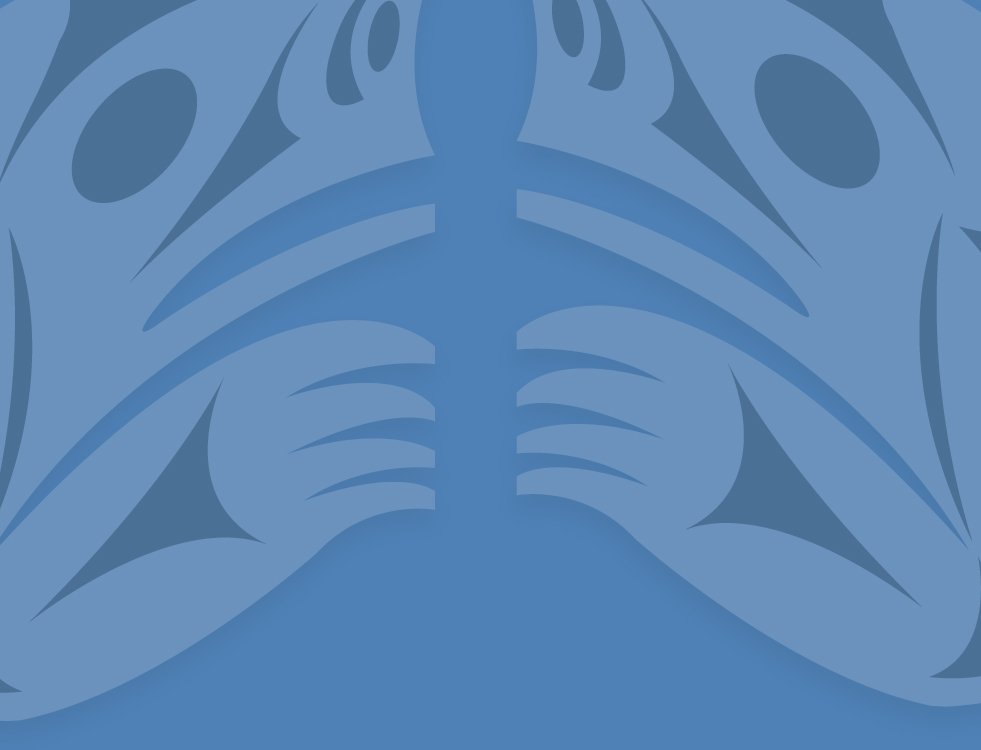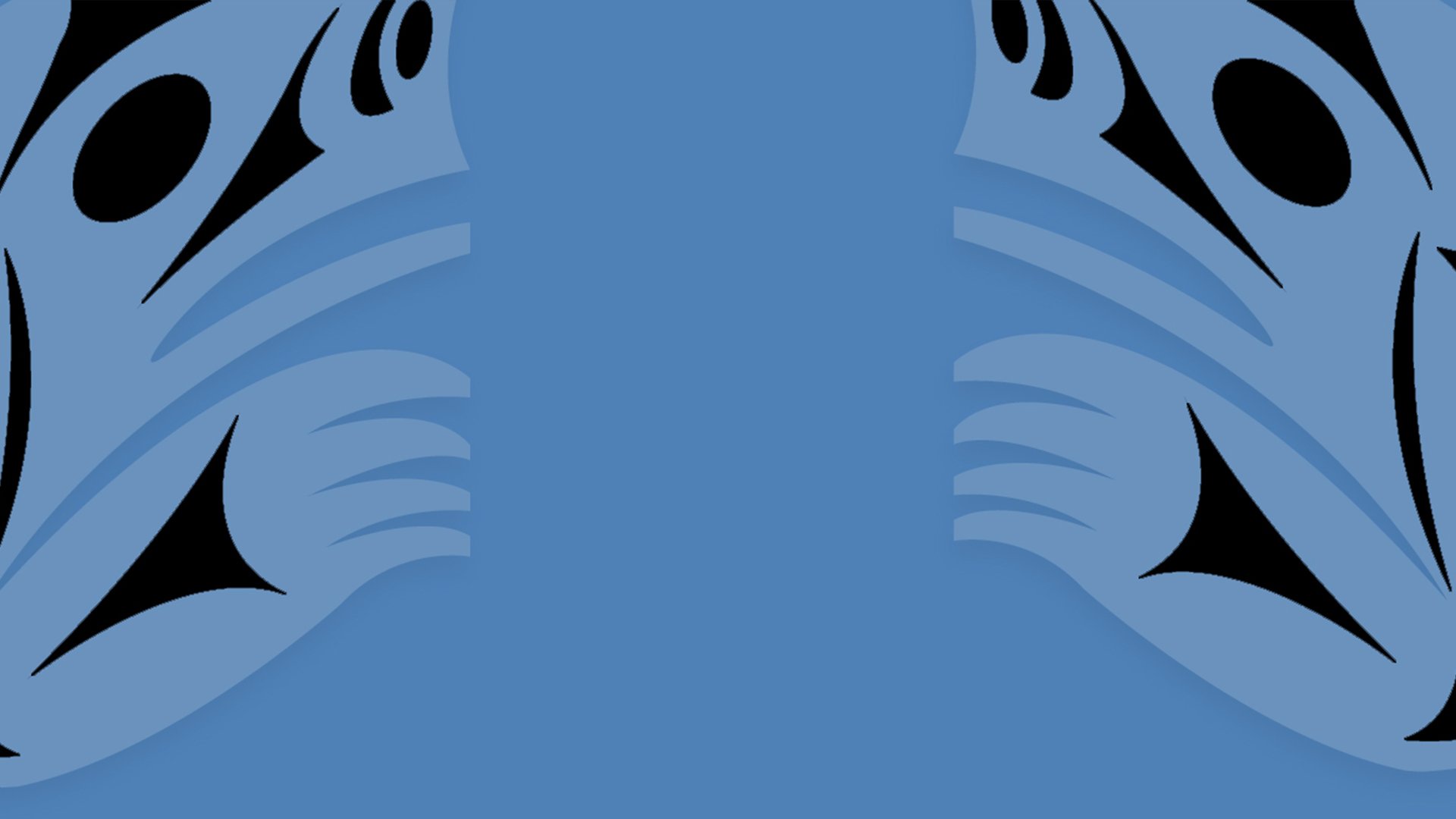
Definitions

-
The Act was developed in response to Indigenous advocacy and the Truth and Reconciliation Commission’s Calls to Action. As of January 1, 2020, the Act applies across Canada.
The purpose of this Act is to:
(a) affirm the inherent right of self-government, which includes jurisdiction over child and family services;
(b) contribute to the implementation of the United Nations Declaration on the Rights of Indigenous Peoples (‘UNDRIP’); and
(c) set out ‘National Standards’ that must be followed when providing child and family services to Indigenous children. These ‘National Standards’ mandate that each Indigenous Law must address the ‘Best Interests of the Child,’ ‘Cultural Continuity,’ and ‘Substantive Equality.’
-
BEFORE taking jurisdiction over child and family services, a section 35 rights-bearing Indigenous group must first authorize an Indigenous governing body (“IGB”) to represent it.
According to an Act respecting First Nations, Inuit and Métis children, youth and families, an Indigenous governing body means a council, government or other entity that is authorized to act on behalf of an Indigenous group, community or people that holds rights recognized and affirmed by section 35 of the Constitution.
Who can become an IGB?
A council
A government
Any other entity as long as they are authorized to act on behalf of the Indigenous group or community
What does an IGB do?
They must have a mandate or statement of goals
They have to draft the Indigenous laws and decide how services will be delivered and who will do it
They will meet with the federal and provincial governments and enter into a “coordination agreement” which involves discussion about funding, liabilities and what to do when the provincial, federal and Indigenous law conflict with one another.
-
The Indigenous laws will NOT be applied if they are deemed contrary to the ‘Best Interests of the Child’. The Act sets out primary considerations of a child’s best interest. It includes:
the child’s physical, emotional and psychological safety, security and well-being;
the importance, for that child, of having an ongoing relationship with their family and Indigenous group, community or people to which they belong; and
preserving the child’s connection to his or her culture.
Secondary considerations include:
the child’s cultural, linguistic, religious and spiritual upbringing and heritage;
the child’s age and stage of development;
the nature and strength of the child’s relationship with his or her parents, care provider and any member of his or her family;
the importance of the child’s ongoing relationship with his or her Indigenous family, community, language and territory;
the child’s views and preferences, considering the child’s age;
any plans for the child’s care including care in accordance with the customs and traditions of the Indigenous group;
any family violence and its impact on the child, whether it is direct, indirect and whether the violence is physical, psychological or emotional; and
any civil or criminal proceeding, order, condition, or other measure that is relevant to the safety, security and well-being of the child.
However, the ‘Best Interests of the Child’ are to be interpreted in a way that is consistent with the Indigenous law of the community to which the child belongs.
-
Since time immemorial, positive Nation-to-Nation relationships have been grounded upon a distinct understanding of the dynamics between guests and hosts.
As coastal people, one of the ways we demonstrate our conception of guest-host relationships is when we travel by canoe. When we enter another Nation’s water in peace, we raise our paddles and state who we are, where we come from, and our intentions of coming ashore.
When guests come to our communities, we expect them to follow similar protocols. Upon welcoming them to our territory, we assume the role of a host, and it is our responsibility to care for our guests while they are with us. We also expect that while on our territories, guests will respect the laws of our people.
The work our people do in longhouses across the South Island also reflects this strong understanding of our roles within a guest-host relationship. Within our longhouses, we know where to sit when we are in our own village, versus when we are visiting another village. When guests come into our sacred homes, we ensure they are fed and well taken care of, and expect them to respect the teachings of the home they are in.
As a collective of seven South Island Nations, SIIA’s work is also guided by this guest-host understanding embedded within each Nation’s ways of being (laws). Since the beginning of this work, the South Island Nations have maintained that our traditional laws and teachings give rise to a responsibility to care for guests in our territory. Accordingly, we assert that the jurisdiction of SIIA’s Member Nations extends to Indigenous guests and service providers who reside within the Member Nations’ traditional territories.
Our model of care is also rooted in the understanding that our territory is like a longhouse, with four posts representing the outer edges of our service area. Everything that happens within this longhouse is under our care, including the well-being of Indigenous guests.
We also see within our traditional laws a legal obligation to protect the most vulnerable, especially children, who are the future of our communities. This obligation reinforces the importance for all of us to come together as relatives, hang our differences at the door, and be of one heart and one mind to ensure the best outcomes for all Indigenous children living on our territory.
-
Jurisdiction means the power or authority to make laws, interpret them and apply them within a specific area. In this case, the jurisdiction is over child and family services.
The Indigenous communities of South Island have always had laws and took care of children and families long before provincial and federal laws were made.
An Act respecting First Nation, Inuit and Métis children, youth and families recognizes the inherent right of Indigenous self-government, which includes jurisdiction over child and family services.
This Act provides a way for Indigenous communities to go back to using their own laws and exercising their power and authority over children and families. Under the Act, Indigenous communities can:
draft their own child and family service laws;
administer and enforce these laws; and
provide dispute resolution mechanisms.
-
UNDRIP’ asserts the rights that constitute the minimum standards for the survival, dignity and well-being of the Indigenous peoples of the world. It protects collective rights and safeguards individual rights of Indigenous people.
Example: UNDRIP recognizes Indigenous peoples’ right to self-determination, which includes their ability to determine their political status and pursue their own economic, social and cultural development.
-
Section 35 is the part of the Constitution that recognizes Aboriginal rights. Aboriginal peoples include the “Indian, Inuit and Métis peoples of Canada”

